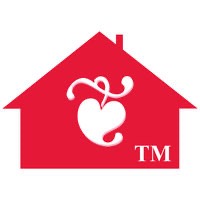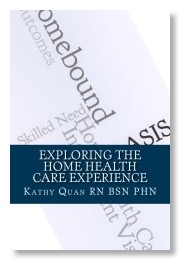Ten Tips for Effective Documentation
Reprinted with Permission from Tina Marrelli
Remember that any reviewer of a pt. record does not have the depth of knowledge that is gained from providing care. Because of this, document objective and clear findings/information including the pt’s problems, needs, care provided and how the care is directed toward goal achievement and discharge.
The contents of the documentation should convey to any reader, such as your manager, a state or accreditation surveyor, or a payer the status of the pt, adherence to the ordered POC and progress toward individualized patient-centered goals.
Document medical necessity and homebound (for HC pts) and support other coverage criteria in your documentation. For home care and hospice care, use descriptive terms that are objective and helps the reviewer “see” your patient and their functional and other limitations that support a knowledge of the tenets of coverage for your program.
Look at the documentation objectively. Does it tell the story of the patient and their care trajectory and the interventions provided and implemented based on the physician orders?
Make sure calls and other communication across/among team members and the physician are documented. If there is a patient change in condition, does the documentation explain what the findings were or what occurred with the patient necessitating the call? Does it include what actions were ordered/changed, and implemented? And what the patient’s response was to these interventions and care?
Are the patient’s areas of risk for hospitalization noted and observed and interventions to prevent this reoccurrence documented?
Does each visit by a clinician include the elements of assessment, care planning, interventions and actions, and continued evaluation?
Documentation would include pt/family caregiver education and their responses to and demonstration of the education provided and results of the education. (E.g. medication administration, etc.).
The care entries and overall information need to reflect the level of care expected by healthcare consumers, caregivers, and their families.
Overall, the clinical documentation should demonstrate compliance with regulatory, licensure, and quality standards. And ask yourself the value question: Would I pay for this care/visit? Is this reflected in the clear documentation that supports medical necessity and coverage?
Adapted from the “Handbook of Home Health Standards: Quality, Documentation and Reimbursement”. (Marrelli, 6th ed). Reprinted with permission. www.marrelli.com

- Google Play Store: https://play.google.com/store/apps/details?id=com.cpmez.hhcp
- Apple Store: https://apps.apple.com/us/app/home-health-care-planning/id1488002723
